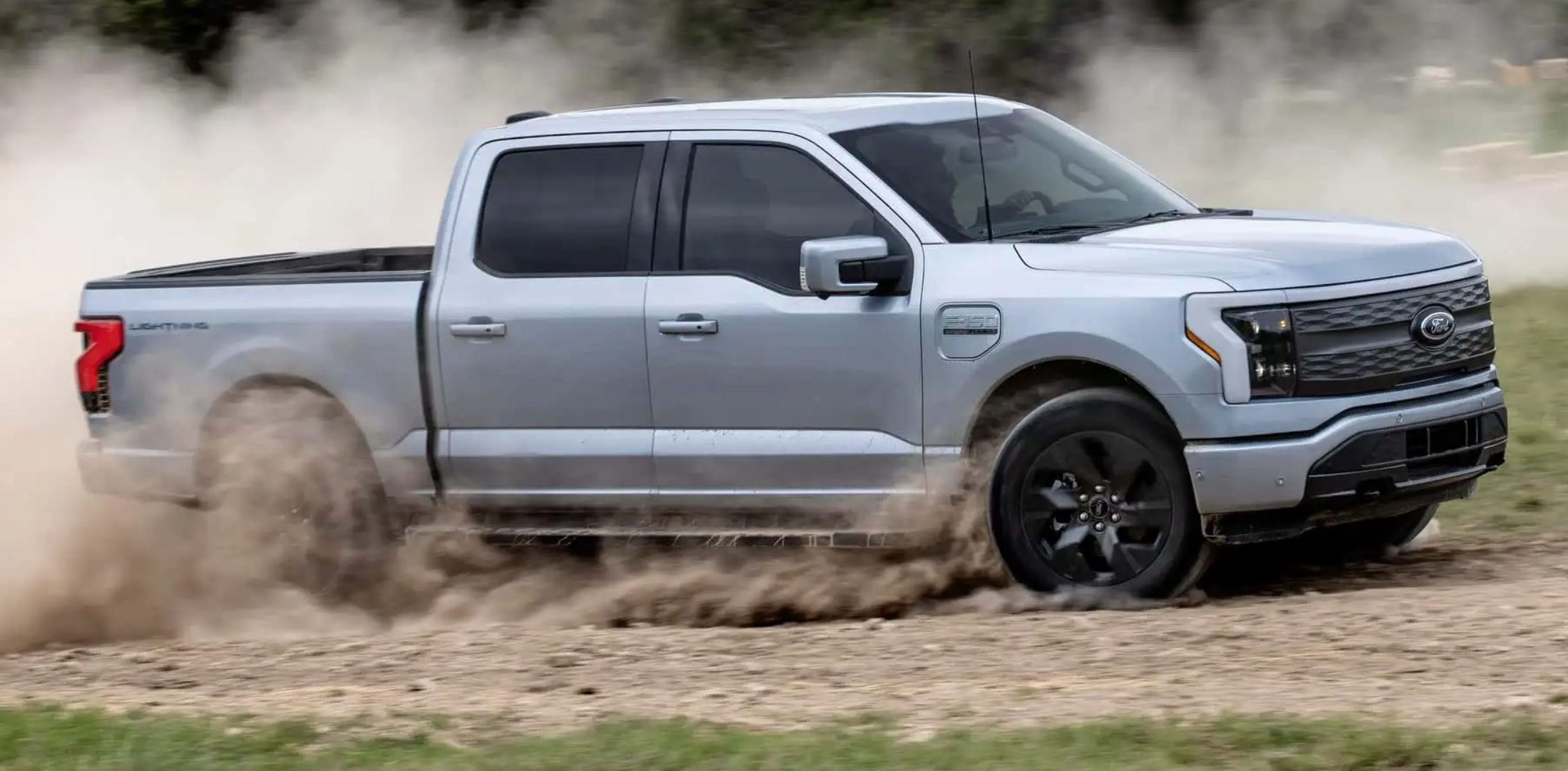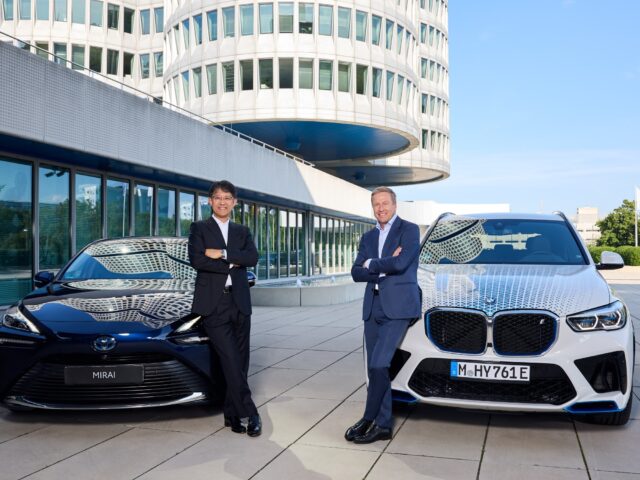Ford’s energy transition has been challenging. Until now, America’s number two carmaker has lost money. Nevertheless, CEO Jim Farley says it will adapt its strategy and not change its vision on EVs.
In Q2 2024, Ford lost $1.14 billion on its electric activities, which were compensated by good sales of all kinds of ICE vehicles (traditional and hybrid). For the whole year 2024, Ford reckons it will lose some $5 billion. But that won’t change the underlying conviction, only the future strategies.
No fear of Trump
Even if Trump wins the election in November, Ford will not slow down on EVs despite the threats the Republican candidate has already made toward electric drives.
CEO Jim Farley told investors Ford would have to keep up with Chinese EV innovations, regardless of who was in the White House. Regardless of temporary regulatory rollbacks, Farley says Ford has to keep pace with Chinese EVs if it wants to build a strong, sustainable, long-term global automotive business.
“We believe that the fitness of the Chinese in EVs will eventually wash over our entire industry in all regions. And so we believe, as a company, even if there were short-term adjustments we could make to a compliance-led, lower-requirement line-up, we’re not going to approach it that way,” Farley said in response to an analyst’s question about how the election would affect Ford’s strategy.
“We believe what I said earlier: many Americans would find an electric vehicle to lower their cost and enhance their comfort. Not everyone, but a high percentage,” he added, referring to his recently expressed faith in electrification on X.
The Chinese challenge
Farley noted that Chinese companies benefit from much lower battery prices and have demonstrated a rapid pace of innovation. On overall cost, he said, “China and Tesla are the benchmarks.”
Ford doesn’t have to worry about Chinese EVs in America for now. Biden’s 100% import tariff on Chinese cars makes them uncompetitive here. But Farley says it would be a mistake to ignore them altogether.
He said Chinese innovations will ripple out throughout the car industry. Ford also has business in China, selling cars in plenty of markets where Chinese EVs don’t face the same steep tariff wall.
The software-defined future of electric and internal combustion vehicles is already assured. So Ford must ensure it can win in that space and not slow down just because the government permits it to.
Adjusting the approach
“It’s exactly the opposite for EVs,” Farley said on Ford’s second-quarter earnings call. “The larger the vehicle, the bigger the battery, the more pressure on the margin because customers will not pay a premium for those larger batteries.”
“On the contrary, making batteries smaller can boost margins by driving down costs. The $7,500 federal rebate for EV purchases becomes a more significant factor when it’s applied to a cheaper vehicle.”
“Automakers can’t just coast by offering electric versions of their best-selling gas vehicles, especially if those electric alternatives come at a significant price premium. The rate of EV sales growth has indeed slowed down, but the range of products people can buy is a significant contributor. That’s something automakers can control.”
‘Skunkworks’
Ford hasn’t officially said much about these smaller EVs yet, but we know it has established a small team in California to design a new, low-cost platform for them. Farley refers to the team as Ford’s ‘Skunkworks’. On Wednesday, Farley offered a bit more details, saying that the effort will focus on two segments: work and adventure.
He said Ford will offer differentiated EVs priced under $40,000 “or even [under] $30,000.” Those would fill a gaping hole in the US EV market, which skews heavily toward the premium end of the spectrum and offers few truly affordable options.
He also said EVs can provide lots of interior space in a trim silhouette since they lack all the bulky parts of a conventional drivetrain, such as engines.
Big EVs will still have a place at Ford, but the automaker will have to “be careful and make much smarter choices on segments,” Farley said, acknowledging the company’s missteps around the F-150 Lightning.
Farley said that in the future, larger Ford EVs will be commercial and work vehicles and that the company will rely on “a lot of partnerships” to bring them to market. “Overall, the EV journey has been humbling, but it has forced us to get even more fit as a company,” he concluded.




Comments
Ready to join the conversation?
You must be an active subscriber to leave a comment.
Subscribe Today